It is a fact that email marketing is one of the most effective ways to build strong relationships with customers and update Your clients with great offers and deals on your website. Naturally, by all means, you need to invest in email marketing to attract and engage customers.
However, newsletters or emails are often not designed specifically for your diverse clients, only for new customers or customers who want to shop on a budget or for information only, etc. Newsletters are part of the company’s regular email.
Regular emails announce marketing efforts, developments, good deals, and offers are sometimes sent to customers. Some customers like a good offer, so, with an attractively designed email, you can get visitors to click through your website.
Table of Contents
What is Drip Marketing in terms of Email Marketing?
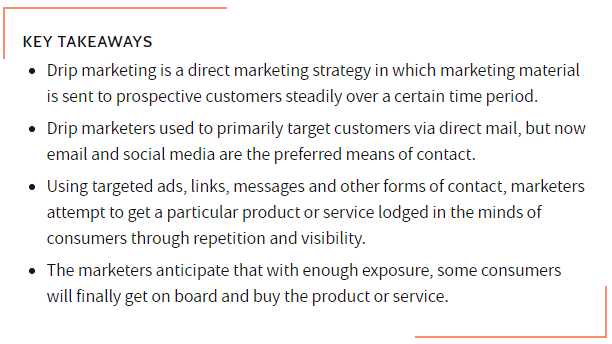
Drip marketing is a communication strategy called “drips” that sends pre-written messages to customers or opportunities over time. Variations of drip campaigns include names such as LifeCycle Email, Autoresponder, Automated Campaigns, and Email Marketing Automation. Each offers a specific purpose.
By definition, drip marketing campaigns consist of a series of automated messages sent to customers at specific times according to the actions/characteristics of the recipient. It will definitely help you reach your customers with targeted content, attract their attention and influence their thinking process to make decisions related to your products/services.
The name “Drip Campaign” is based on the concept of nurturing and preserving the product. In the case of business, it takes care of them systematically and efficiently by sending them relevant information, gradually building a strong relationship with prospects, and eventually leading them towards making purchases.
Highlights of Drip Marketing Campaign
Now that you know what a drip marketing campaign is, it’s time to talk more about the components that can break it down.
1 - Trigger

Triggers are events that keep your drip marketing campaign in motion, causing a new lead to enter your pipeline or to go further down the funnel. Depending on the specifics of your particular business, the range and number of triggers may vary. Here are the most common point marketing triggers:
- New blog subscriber;
- Creating a lead
- Potential customers are leaving the site without purchasing their shopping cart;
- Someone is creating an account in your online store.
2 - Conditions
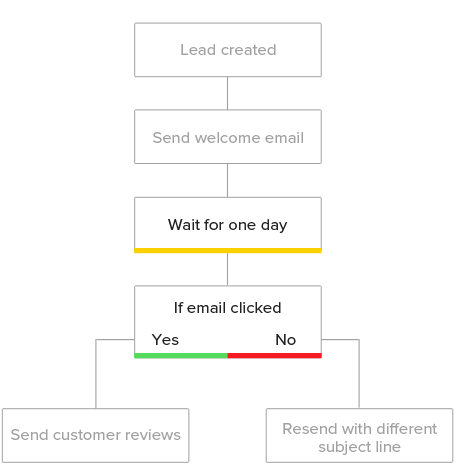
The trigger locks the campaign and pushes the gear forward (Learn about CTA). However, in order to begin the engagement process, a pre-determined set of conditions must be met in advance. As with the triggers, the terms of the drip marketing campaign are determined by the marketing manager’s campaign plan; So they are limited only by the manager’s action. But if you do not know where to start and are looking for some examples, we’re behind you:
- Sending email after clicking on the lead specific link;
- Waiting two days before sending the first email of the sequence.
3 - Actions
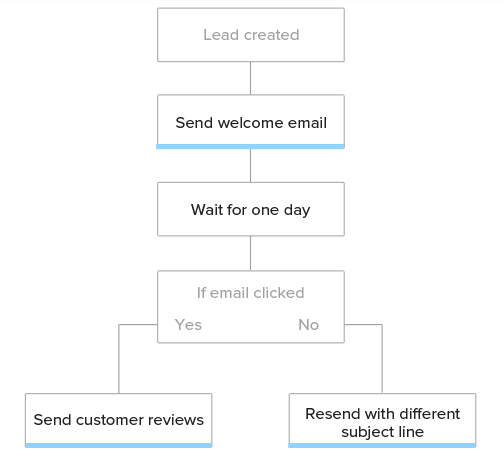
In drip marketing, actions refer to the actual engagement elements that make up the relationship between the business and its customers. Depending on the type of drip marketing in question, these actions may take the form of emails, SMS messages, social media direct messages, or push notifications.
Why Use Drip Marketing?
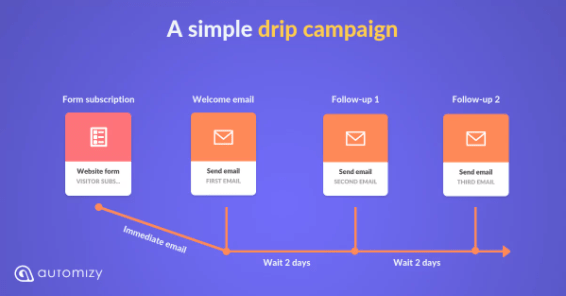
If you excel in drip marketing, you can reap many amazing benefits!
Some statistics for starters:
- Open rates for drip campaigns are 80% higher than single send emails, three times the average
- click-through rate. (Source: Pinpoint)
- Drip campaigns produce 50% more ready-to-sell leads. (Source: Pinpoint)
- Companies that successfully use marketing automation generate 80% more sales at 33% lower prices. (Source: Pinpoint)
- Nutrient leads by 43% more than malnourished leads. (Source: Pinpoint)
- Trigger email click rates are 141.6% higher than regular emails. (Source: Pinpoint)
But where did all those great statistics come from and how does drip marketing produce such amazing results? Here is an explanation of the exact implications of using a drip marketing campaign for your business.
It improves engagement
It is a proven fact that emails prompted by consumer actions are more likely to be opened than email marketing campaigns sent en masse. You can not only promote your business and related products but also provide a well-designed email that you can personalize to get feedback from your customers. Learn about brand engagement.
It automatically moves down the funnel
Drip marketing increases your productivity because it saves affordable time and, therefore, money for your business. With marketing automation, you can automatically push your leads to exchanges without having to share with an employee. Learn about email marketing automation.
This eliminates shooting opportunities
Cold-calling or cold email can be useful, but it will inevitably disrupt your potential day. It can be irritating and attract negative associations. However, with inspired emails, this is not the case! Take Russell from the Pixar movie ‘UP’ for example Boy Scout hit the right opportunity but did so at the wrong time. In the end, he got what he wanted, but no lie, it would have been so much easier if he had used some drip marketing there!
This enables cross-selling and up-selling
By taking your drip campaign beyond conversion, you can build yourself a loyal customer who will buy again and again. Therefore, more sales!
It increases brand awareness.
Lastly, if you’ve pop up regularly in your lead inbox, you’ll keep a reminder in your mind about them and stay there longer.
Purpose!
Regardless of your goals, you can successfully incorporate drip marketing into your strategy. Some work drip marketing campaigns have proven to be particularly effective for:
- Main nurturing
- Welcome
- Enlightenment
- Abandoned shopping cart
How to implement a drip marketing campaign?
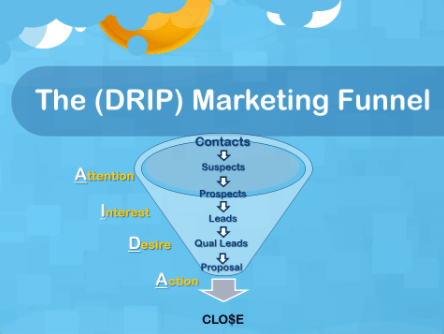
The best thing about drip marketing campaigns is that they are easy to operate. Like the regular email marketing campaign, these can be broken down into several key steps, each of which results in the successful completion of a big campaign!
1 - Identify your target audience
First, you need to get a summary of your target audience: you need to identify who they are, what they want (including what they do not perceive), and how they behave. . This step is necessary for any kind of marketing campaign, but it is very important for drip marketing because it allows a personalized approach to each individual member of the target audience.
Action-trigger-based segmentation refers to how you build your drip campaign based on how people interact with your business. For example, when you first register you will send them a welcome email, a receipt with shipping details, and some up-selling options after you make a purchase.
Population-driven segmentation involves tracking your customer behavior and aligning your leads toward conversions. It mainly focuses on details such as past purchases, cart abandonment, and prolonged inactivity after registration.
2 - Create your message
Once you identify who you want to target in your drip campaign, you can start thinking about the message you want to convey to them. Drip marketing focuses on providing ‘the right information at the right time’, so you need to make sure your content is of the highest quality. Your message is to value the possibilities and make them look attractive overall.
At this point, you should start creating your first draft. Depending on your campaign goals, you should be able to answer the question of what you want from your email recipients. Do you want them to spend more time on your website, or do you want them to know about the great new product you just launched? Based on the answer, you should write an actionable, attractive and clear copy of the letters to be sent later.
3 - Map your campaign
At this point, you should have your messages ready and waiting to be sent. The task now is to make sure they all flow together and do not contradict each other. The main point of drip marketing is to ensure the continuity of communication over time. So, when you plan your campaign, you need to spread your emails in a way that keeps them coming and going!
Here is a list of questions to answer when planning your drip marketing campaign:
- How many emails do I send during the campaign?
- When do I send each of these emails?
- In what order should I send them?
- Do all my emails match well with the detected triggers?
- How can I measure my campaign results?
4 - Start the campaign
When everything else is hot and ready, you can start the campaign and start sending your emails.
Here is a little pro tip: To get the best results and significantly increase your productivity, start your campaign with the help of CRM software. Since we are talking about email drip marketing, the best option is an email CRM system like NetHunt CRM. It is fully integrated with Gmail, the most popular email service in the world, and has many great features that allow you to automate processes. For example, you can simplify the bulk email process, schedule your emails, and segment recipients right into your inbox!
5 - Measure the results first and calibrate the campaign accordingly
Last but not least, predict the outcome. Even if you are a drip marketing professional and use the CRM system to automate campaigns for you, this does not mean that you can sit back. If you want to be at the top of your game, you need to constantly monitor the effectiveness of your campaign and adjust it to get the best results possible!
Fortunately, CRM systems allow you to view click-through and open rates for emails you send and quickly reorganize segmentation groups so you can focus on creating new messages and rewriting them if you want. They do not provide the expected results.
hope! You find this information useful. Don’t forget to subscribe, share and leave comments. Thank You.


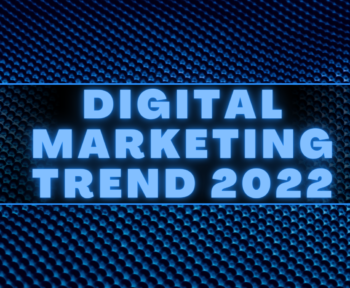
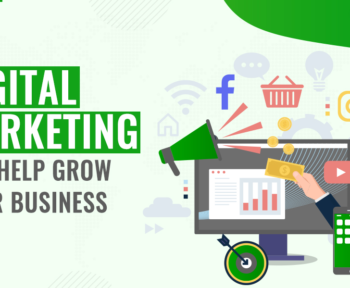


2 Comments
Drake
Love to learn new information and this topic was really new to me
inamdurrani60
Thanks Drake